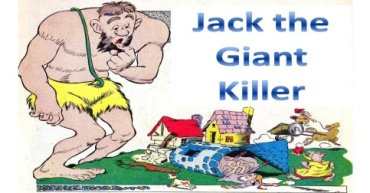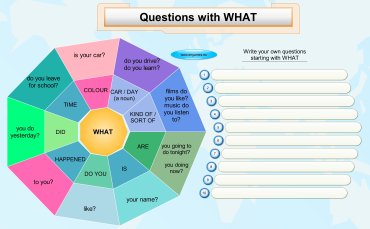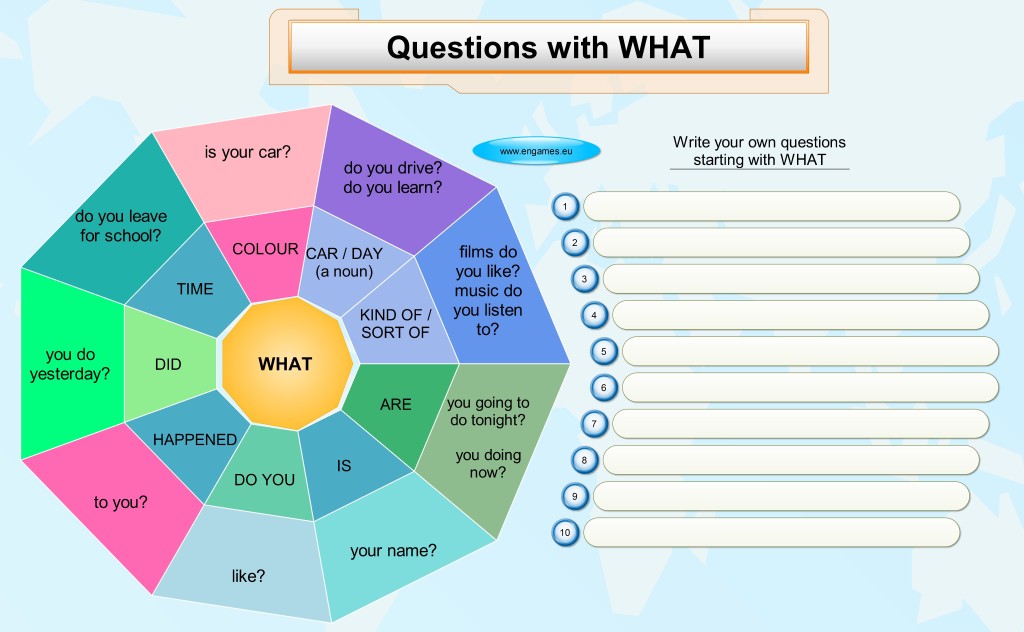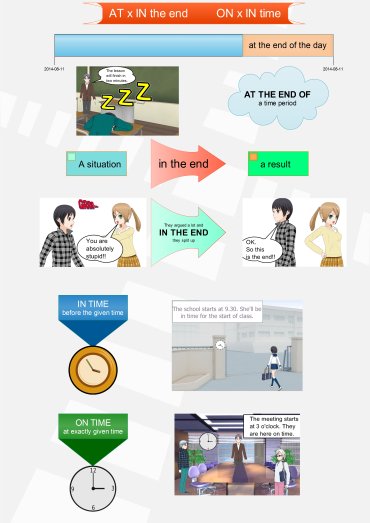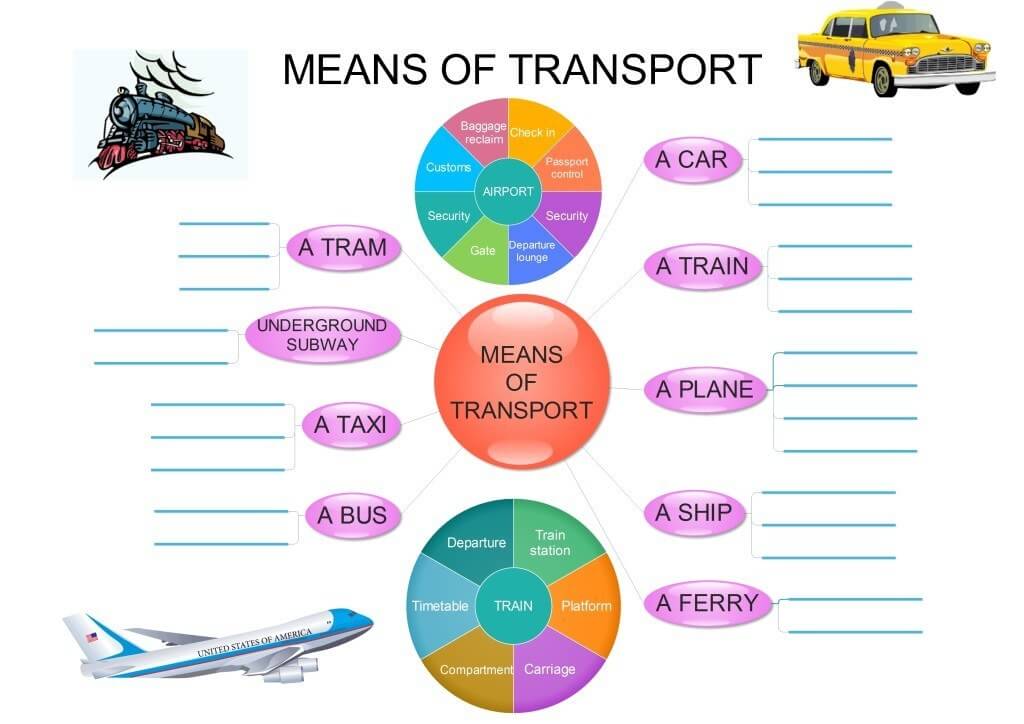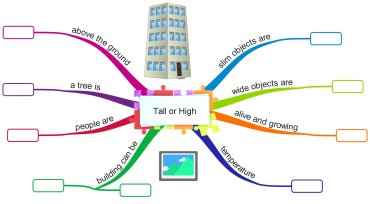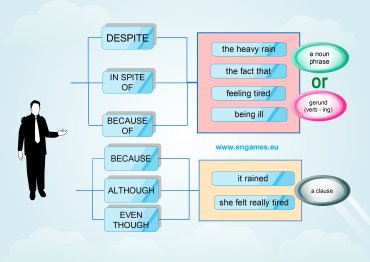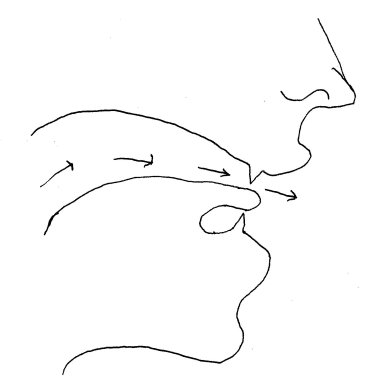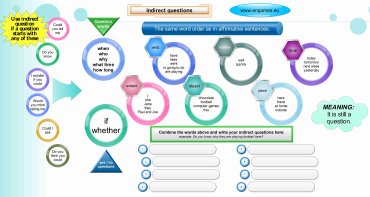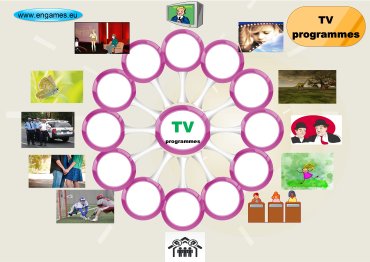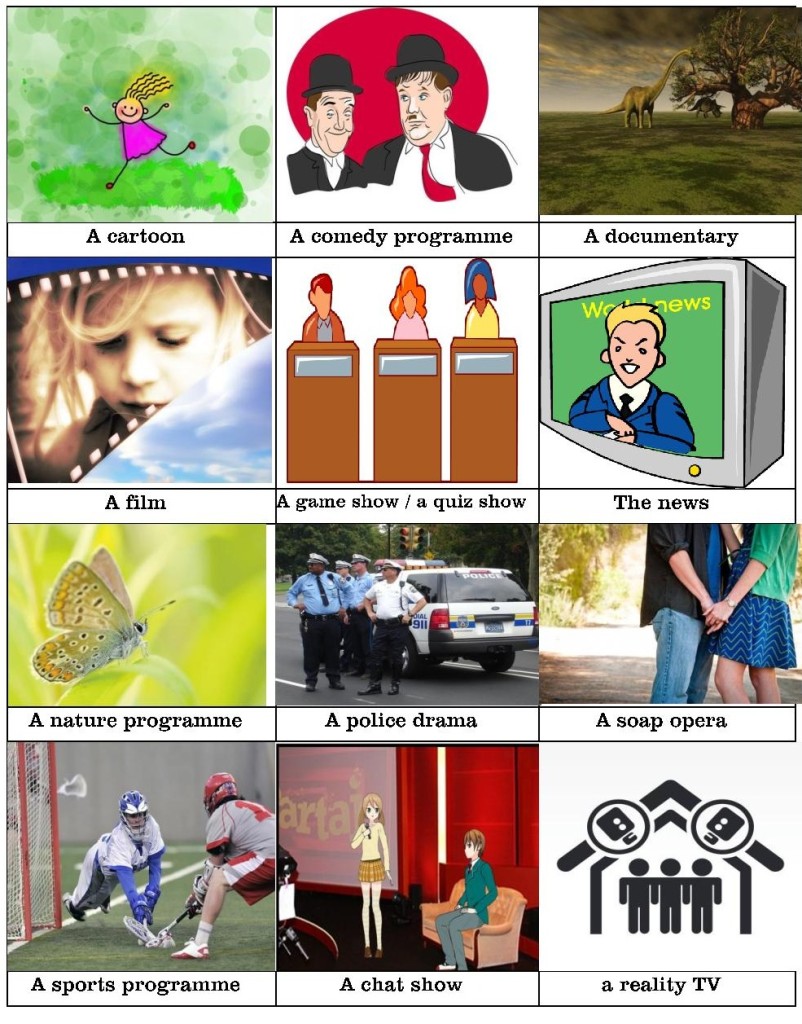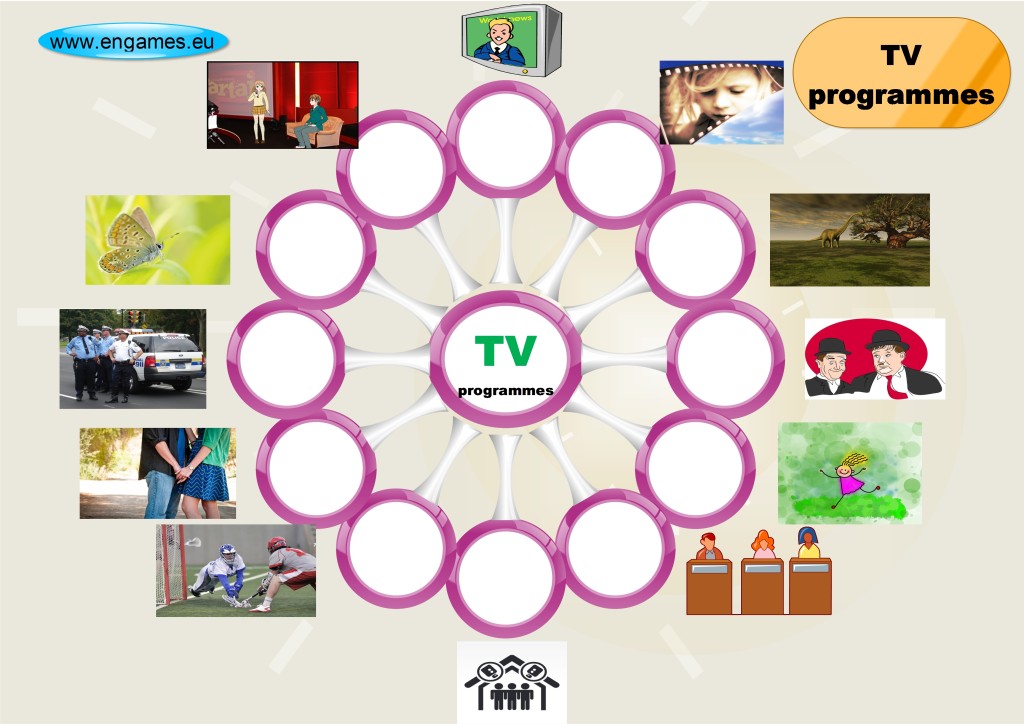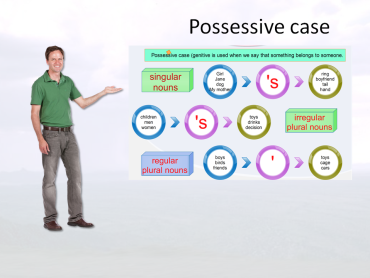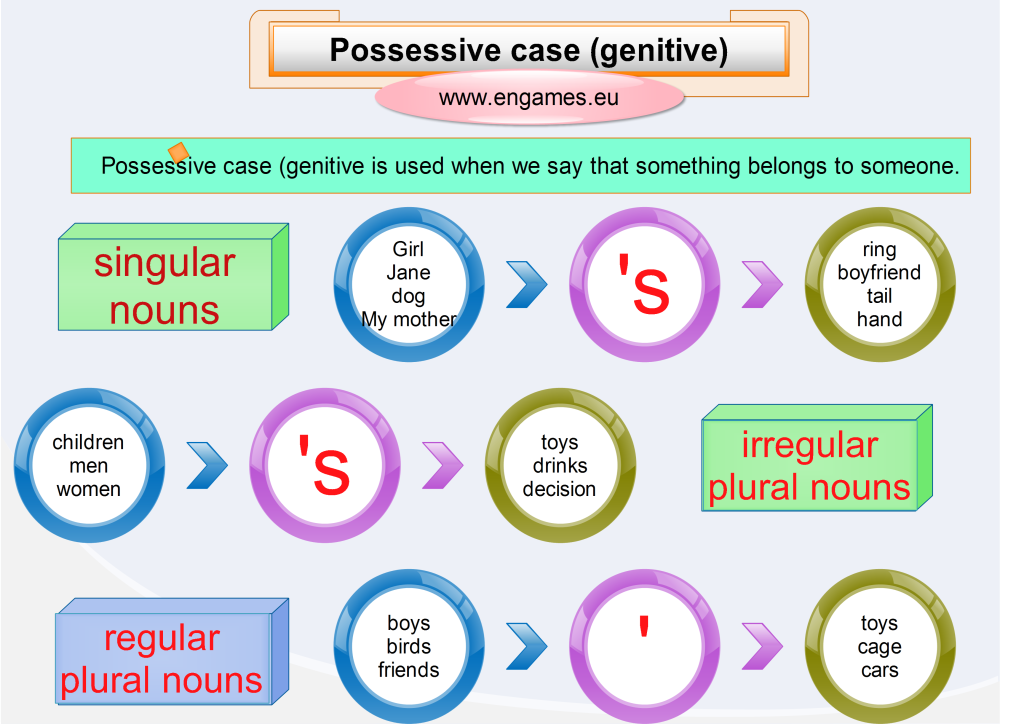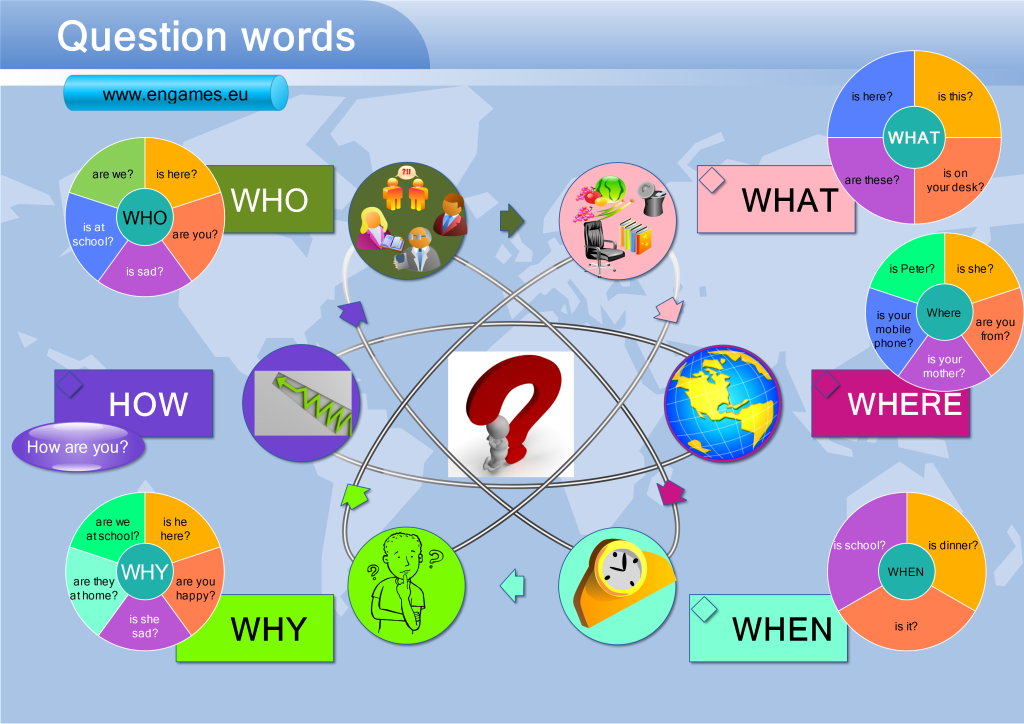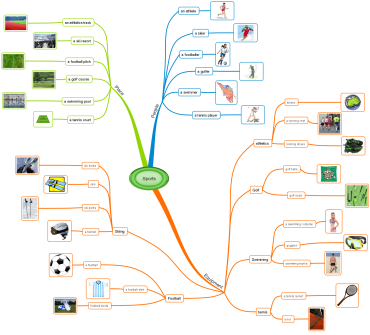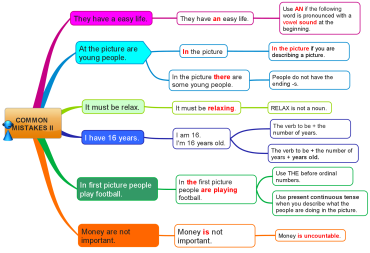Students like reading comics. Comics are often the only thing students read. When I started an extensive reading project last year, students did not mind reading comics, however when we moved to short stories, more than half of them stopped reading and started to hate the programme. On the basis of this experience I have prepared a fairy tale comic for students to read.
ADVERT:
[showmyads]
To be able to read a text and understand it, it is essential that you know the words. The more words you know the more you can enjoy the text. That is why I have so many materials dealing with the vocabulary here. First, learn the vocabulary with our associative method and then play the games. Once you know the words, watch the video and answer the comprehension questions.
Jack the Giant killer – vocabulary
Associative learning method
The Associative learning method.
Take each word and find in your mother tongue or any other language you know some words it reminds you of. Thus for example, when I see the word GIANT I come up with these associations: Gigantic, Gigi (my former student´s nickname, anténa (antenae). When I create these associations I move to another word. I go on like this with four words. Then I cover the English words and I see just their translations and I recall them.
In this way I go on for as long as I feel like it and my vocabulary grows.
Vocabulary activities
For a better mobile experience it is better to click over here and see the activity full screen.
Vocabulary – associative method
If you prefer doing these activities offline, you can print out the following worksheets and try them out:
Word games_part01_giant
Giant_page_pdf – associative method worksheet
If you like crosswords on your computer, you can try the following one. It is in HTML5 so it will play on all mobile devices too:
Jack the Giant killer – crossword
Jack the Giant Killer – video
Now, that you know the vocabulary, you can watch the first part of the video and enjoy it.
And now try the comprehension quiz. If you pass the quiz you can play the game called HOT RACE. The quiz is in HTML 5 so it will play on any mobile device. However, the game is only in Flash and it will play on your desktop only.
If you want to play the quiz on full screen, click the following button:
Comprehension questions – part 1
Associative learning method – comments
- How did the method work for you?
- How many words were you able to learn this way?
- What problems did you encounter?
- Is there anything more you would like to tell us?
Do not hasitate and comment below. Thank you 🙂
Recently we have published a placement test based mostly on grammar. Some of our readers commented that a vocabulary placement test might be useful too. That was why we have tried to create a test which would show you how many words you know. A part of the test is partly based upon the test by Paul Nation, however the first part is completely original.
ADVERT:
[showmyads]
This test is for beginners and elementary students of English. Here you can find out, how many words from the 2,000 most common words in English you know. So, if you answer all the questions correctly, you know all the 2,000 most common words in English. If you answer only 50% of the questions, you know 1,000 words. Your aim is to score as much as possible.
Vocabulary placement test – beginners
If you want to do the test in a full-screen mode click over here for the HTML5 version:
Placement test vocabulary HTML5If you want to do the test on your computer and you prefer flash, click on the button below:
Placement test vocabulary flashIf your score is close to 2,000 it is clear that you know more words. If you want to find out how many, you can try our Vocabulary placement tests for pre-intermediate and more advanced students (coming soon on this website.)
Vocabulary placement test – share
<iframe src="http://www.envocabulary.eu/placement test/Vocabulary placement test_beginners (Web)/index.html" width="560" height="500" frameborder="0" allowfullscreen="allowfullscreen"></iframe>
Vocabulary placement test – comments
Our most popular post is about questions with HOW. There is another post on all the WH question words. In this post I would like to deal with the questions starting with the word WHAT. To help you with this grammar there is a mind map and two games.
ADVERT:
[showmyads]
Questions with the word WHAT – mind map
There are three set phrases which you should learn by heart: What happened? What is he like? and What does she look like?
The mind map clearly shows the usage of the word WHAT and it is designed in such a way that it can be used as a worksheet too. Your task is to write 10 correct questions starting with WHAT there.
Questions with the word WHAT – games
If you are using a mobile phone click here, to see it on the full screen.
Questions with WHAT – Mobile quizThe second game is in flash and it will play only on desktops. It is called Penalty and your task is to answer the questions and score. Could you be a professional footballer?? 🙂
Questions with WHAT – PenaltyPlacement tests are very important for students of languages. First, they can serve as motivation because they show whether the students improved their knowledge. Second, they help students choose the correct course on their level. And last but not least they inform students how good their English is.
ADVERT:
[showmyads]
However, good placement tests are very expensive and mostly printed. That is why we have decided to create a placement test that will be available for free and in electronic form. The test is in HTML5 so the students will be able to take it on whichever device they have. If you are administering the test, you just tell the students the URL and ask them to show you their results once they have finished. Thus they can do the test on their mobile phones or tablets.
Placement test
If you are taking the test on a mobile device, it might be more comfortable to see it full screen. To get a full screen version of the test, click on the button.
Placement testAs there were some problems with the server, I have added the flash version of the test. It is a bit quicker but it plays only on desktops (no iPads or mobile phones)
Placement test – flashAnd here is another HTML5 version of the test, but it is placed on a different server. So if you experience any problems with the tests above, click here:
Placement test – HTML5Placement test – share
<iframe width=”560″ height=”500″ src=”https://engames.eu/placement test/Placement test_share (Web)/index.html” frameborder=”0″ allowfullscreen></iframe>
To share the link, insert the following code.
https://engames.eu/placement test/Placement test_share (Web)/index.html
Please, do not forget to mention our site https://engames.eu if you share this
Placement test – Print version
And here you can see the key to the placement test:
Placement test – comments
UPDATE: Thank you for your comments. I have added the “Review your answers” option and I have corrected one of the questions. Please, if you spot a mistake, inform me. Please, do not write the number of the question, as the questions are chosen randomly. Thank you very much.
Placement test – updates
If you want to share the test on your site and see your students’ results, contact me at rotreklzdenek_at_gmail_dot_com and I make the test send the results to your e-mail address.
Thank you for helping me improve the test.
I have already dealt with the usage of prepositions in the posts Prepositions AT, IN and ON for time and Adjectives with prepositions. However, this post is different because it concentrates only on the phrases IN THE END, AT THE END, IN TIME and ON TIME which are frequently used incorrectly by students of English. In this post I would like to explain the usage and meaning of the phrases. To achieve this I have created a mind map, an interactive video and two quiz games.
ADVERT:
[showmyads]
Set phrases – mind map
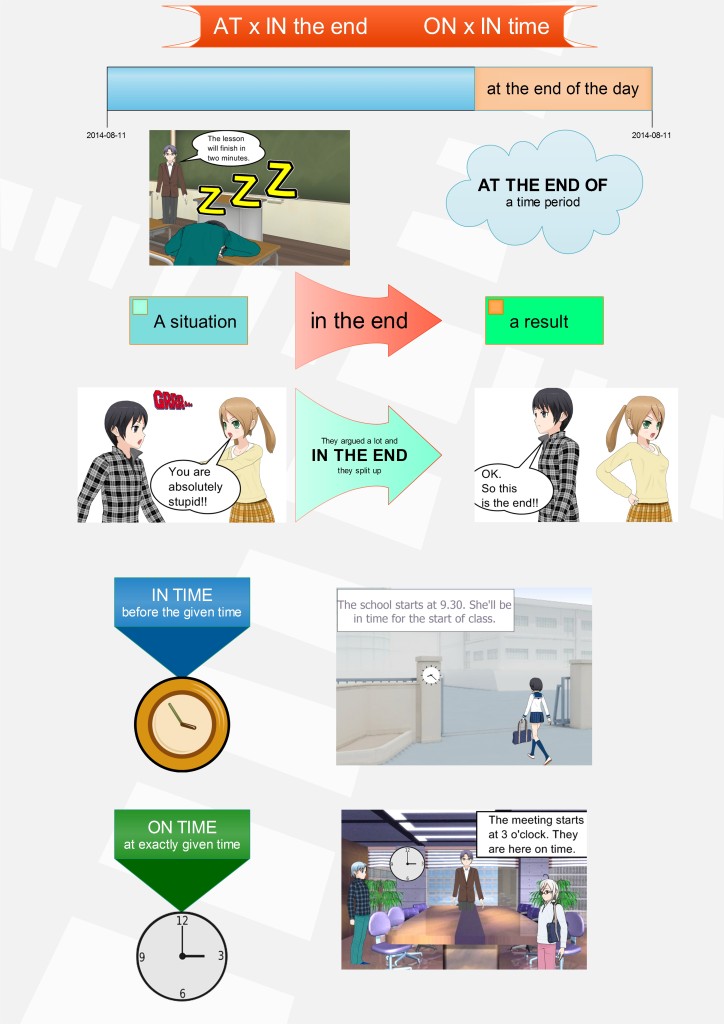
If you feel that this explanation is not clear enough, there is a video explanation which can help you.
Set phrases – interactive video
Set phrases – games
Your task is to complete the quiz with the correct phrases and if you pass you will be given a chance to play the game Word boggle (really great addictive game which might help you improve your English a lot). Set phrases – Word game
The second game will play only on your desktop. It is called Hoopshoot and your task is to choose the correct answer and then score. Good luck.
Means of transport is one of the topics you cannot avoid. Nowadays people travel a lot and they often have to do it on daily basis. And thus it is one of the most natural topics for a conversation in a class. Here you can learn the names of several means of transport and you can learn to speak about them fluently. To help you achieve this there is a mind map, a video, several worksheets and two games.
ADVERT:
[showmyads]
Means of transport – song
The correct answer is 13.
In the following exercise, you can try listening again and tick all the means of transport you hear.
Means of transport – vocabulary
If you are a teacher, it might be a good idea to include the BINGO game in your lesson. There are 18 different BINGO cards for you to print out. You can either call out the words yourself or you can ask your students to write 3 sentences which contain one or two of their words. Then each student reads one of their sentences and the others cross out the words they hear. Do not forget to set the winning combination before you start the game.
Means of transport – BINGO cardsMeans of transport – mind map
At the end of the video there is a task to speak about the given topics for the set times. You can, or better you should, use your mind map with your notes. If you can speak about the means of transport, the following games will be a piece of cake for you.
Means of transport – games
The second game is slightly more difficult. Your task is to complete the sentences from the video, so if you are not sure what there was, play the video on means of transport again. If you pass the test you can play the Indiara game. Good luck.
Means of transport – Tower defenceFor many learners of English the slight differences between the words BIG vs. LARGE and HIGH vs. TALL are very difficult to understand. In this post I will try to make the differences clearer and easy to remember. To achieve this, I have come up with two videos, two quizzes and two mind maps. I hope you will undestand the differences now.
ADVERT:
[showmyads]
Confusing words – High and Tall video
Once you have watched the video, try to complete the following mind map. Of course you can watch it several times if you need. Keep the completed mind map for your future reference.

Confusing words – BIG and LARGE video
The sound track comes from: http://www.bbc.co.uk/worldservice/learningenglish/radio/specials/1837_aae/page24.shtml
ADVERT:
[showmyads]
To watch it full screen, click on the following button:
BIG and LARGE – video explanation
Once again it would be ideal if you completed the following mind map to remember all the facts about the usage of the two words.

Confusing words – revision
If you want to see the quiz on the full screen, click the following button:
Confusing words – final quiz
In this post I would like to teach you how to use the words DESPITE, IN SPITE OF, ALTHOUGH, EVEN THOUGH, BECAUSE OF and BECAUSE correctly. I will explain the meaning of the words and the grammar. To help you with this there are two games, a mind map, a video explanation and a graphical explanation. I hope you will learn to use these conjunctions.
ADVERT:
[showmyads]
Conjunctions – meaning
The meaning of these conjunctions is clearly explained in the following graphics:
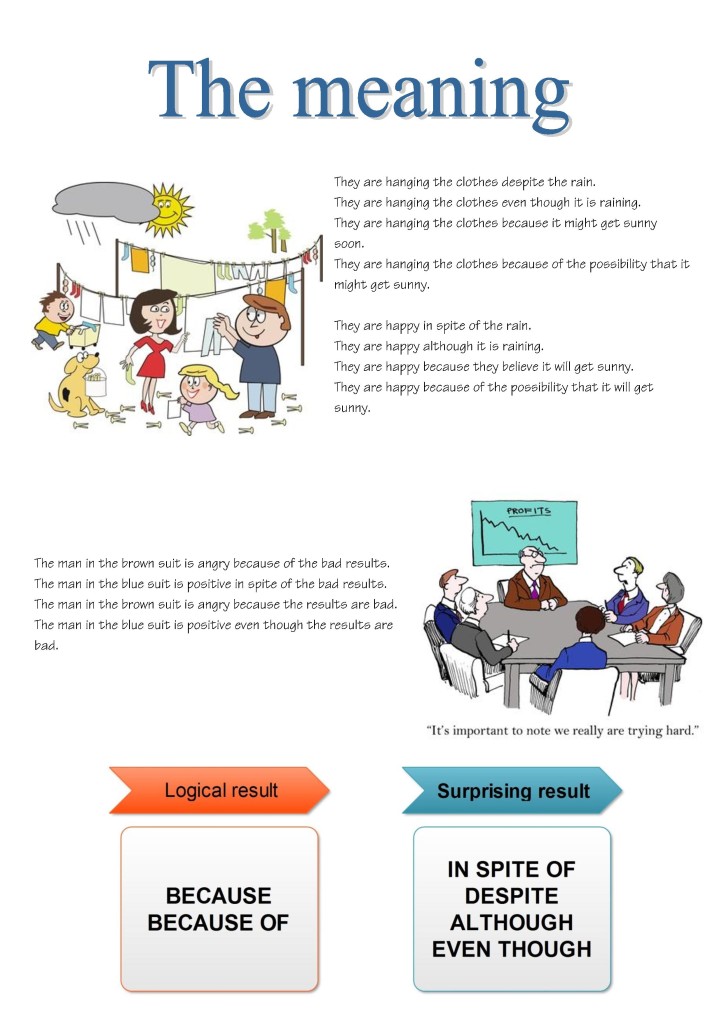
If you want to print out the graphic, you can download the pdf file below:
Conjunctions – the usage
You can see the explanation again in the following mind map:
To make it absolutely clear, here is an interactive video explaining the usage of the words BECAUSE and BECAUSE OF.
This video uses the free recording offered by BBC learning English at http://www.bbc.co.uk/worldservice/learningenglish/radio/specials/165_gramchallenge10/
To experience the video full screen click on the following button (as it is HTML5 video it will work on your mobile too):
BECAUSE – video explanation
ADVERT:
[showmyads]
Conjunctions – quizzes and games
The second quiz is fully in HTML5 so it will play on any mobile device you own. Your task is to connect both of the sentences into one and use the conjunction in the brackets. If you pass the test you will play the game called Math Pop and practise your Maths too.
Conjunctions – quiz and Math pop gameIf you do not know a sound, your brain filters it out when you hear someone using it. That is why it is crucial to teach sounds that do not exist in students’ mother tongue. Moreover, Adrian Tennant at www.onestopenglish.com claims that you should learn to hear and say the new sounds at the same time as the fact that you can produce the given sound makes it simpler for you to hear it. Ideal for this is the book Ship or Sheep. But the book is rather expensive and so you can try out similar exercises here which are free.
ADVERT:
[showmyads]
The aim of this post is to teach the pronunciation of the sound /θ/ which is the voiceless realisation of th. You can find here a video, a mind map and two difficult exercises to practise the voiceless th sound /θ/. Are you ready? So, let’s start.
Voiceless th sound – video
Voiceless th sound – mind map
ADVERT:
[showmyads]
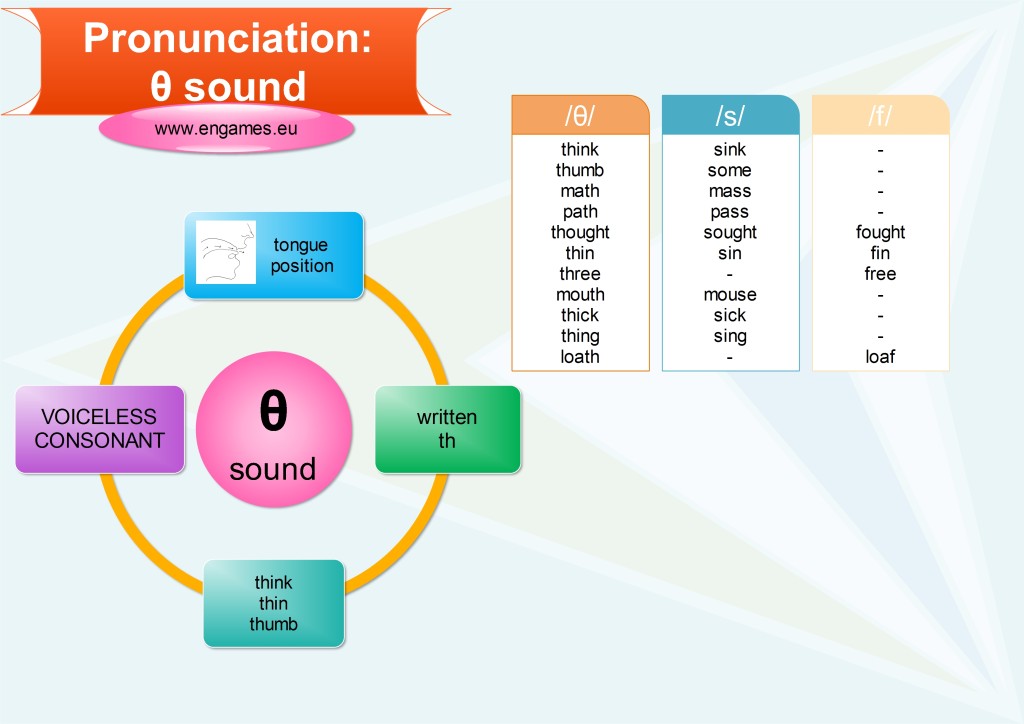
If you find the picture of the mouth showing the production of the TH sound too small here is the same picture again in a bigger size:
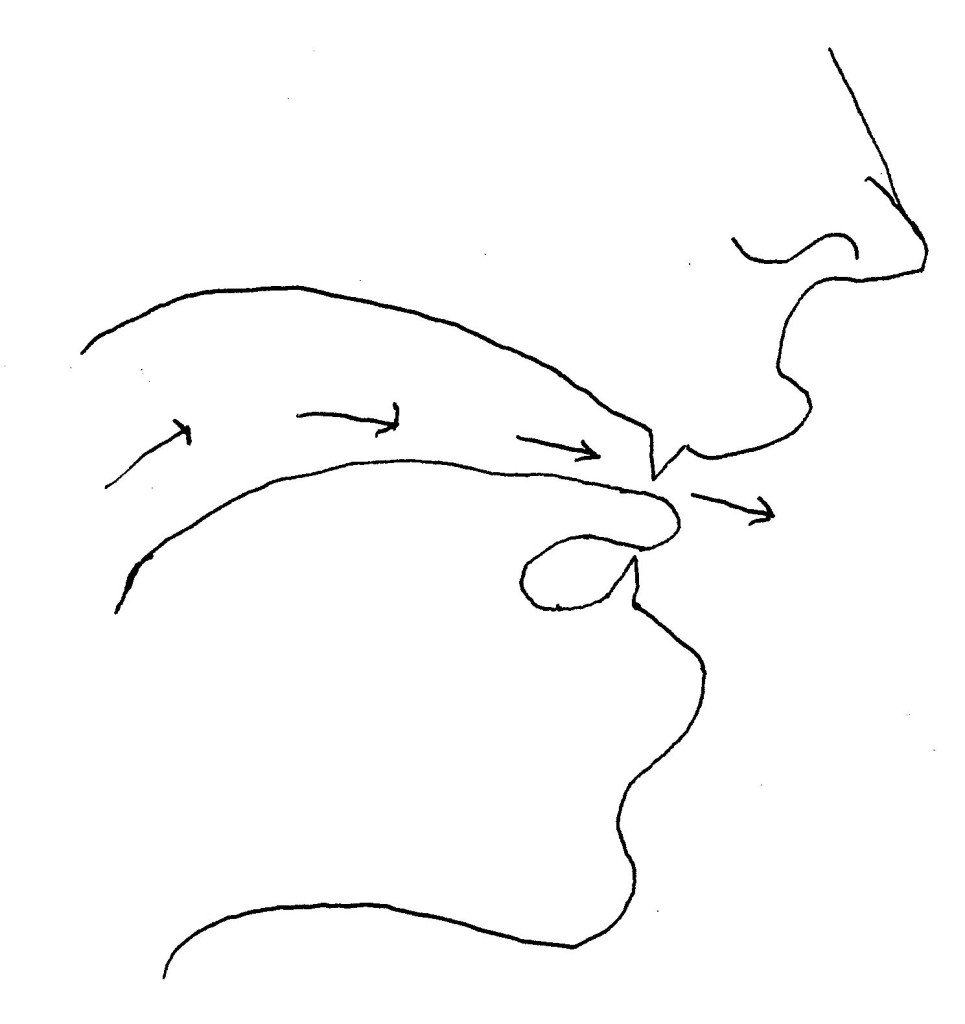
Voiceless th sound – games
The first game is a bit easier. First listen to the demonstration of the different sounds and then listen and complete the sentences with the correct words. If you pass the test you can play the game called Math Pop. But you have to pass the test first :-). Voiceless th sound – Math pop
The second game is slightly more difficult. You will hear five sentences each time and you have to decide which sequence you have heard. If you pass this test you can reward yourself with the game called Angry finches. Good luck.
Voiceless th sound – Angry FinchesHope, want and would like belong into the group of verbs which are followed by the infinitive. If you click the link above you can see a complete solution for these verbs for intermediate learners of English. In this post we would like to teach how to use only the three verbs HOPE, WANT and WOULD LIKE so it is suitable for elementary learners of English.
We are not going to explain the differences in meaning as these are very small and the best way about them is by consulting a bilingual dictionary. In this post we would like to deal with the grammar of these three verbs (they are followed by the infinitive with TO). There are two games, a mind map and a worksheet to practise or learn the given grammar point.
Verbs followed by TO infinitive – graphic
ADVERT:
[showmyads]

If you are a teacher, you can ask your students to use the mind map above and make as many sentences as they are capable of. Of course, they will have to add some words to start and finish the sentences.
The second graphic features three jokes which contain the target structures and then the students should write their own jokes using the structures given.
Verbs followed by TO infinitive – games
The second game is called Tic-Tac-Toe. Your task is to drag the words into the correct places and then win the game. Place the crosses into such places to have three in a row. There is just one way to win the game. Can you find it?
Verb patterns – tic tac toeRecently I published a post on TV programmes vocabulary. In this post I would like to add a few activities to help the teachers prepare a great lesson on this topic and to give students a few more activities to practise the vocabulary.
ADVERT:
[showmyads]
Unlike in the previous posts, there are several worksheets which you can print out and use. There is a song and a gap fill, a bingo worksheet and a worksheet with five more activities to practise the vocabulary connected with TV programmes. And of course there is a mind map to help you remember the new words better.
TV programmes – song
For this lesson, I am going to use the song Throw Away your Television by Red Hot Chilli Peppers.
Complete the lyrics:
I you need the lyrics for your classroom or a you simply prefer paper materials, here are two pdf files.
TV song_red hot chilli peppers
TV song red hot chilli peppers – key
At the end of the song I will elicit the topic of the lesson by the following questions:
What will be the lesson about?
What will we learn?
Once I get the topic of the lesson out of the students I move to the other part of the lesson.
TV programmes – Vocabulary presentation
If you do not like any of the materials above, all the new vocabulary is listed in the worksheets too.
TV programmes – Vocabulary practice
If you have already presented the students with the video and a mind map, start with the second exercise. Students should put the words into the correct form and complete the sentences. Once they complete them, discuss the questions in pairs and then as a whole class.
The other exercises are quite simple and quite fun. Ask the students to do as much as they can in 10 minutes. You can give them the answers at the end of the activity or you can check their answers.
Once we do the worksheets, I give my students a chance to use the new words creatively. Ask them to write 3-10 questions using the new words. Help the struggling students by giving them the simple example What sports programmes do you watch? and show them that they can create 12 questions by replacing the words sports programmes with other TV programmes vocabulary.
When the students write the questions give them a chance to ask you their questions. Answer the questions and at the same time you have a chance to correct the most striking mistakes.
After a while ask the students to discuss the questions in pairs.
ADVERT:
[showmyads]
At the end of the lesson I try to put a game. This time I have prepared the Bingo game for my students. Print out the following worksheet and cut it. Shuffle the cards and give each student one. Ask them to work in pairs and say the names of the TV programmes they have on their cards. They can ask you if they are not sure.
If you are sure that the students know all the words there are two options for you. You can either read the words yourself or I ask each student to say one of the words. Remember to state the winning combination before you start the game.
And that is the end of the lesson. If I count correctly, the lesson will take about 40 minutes.
When students hear the phrase indirect questions, they get scared. But actually this is one of the easiest grammar points in English. The only thing you have to watch out for is that if a sentence starts with a certain phrase (Do you know or Could you tell me etc.) you have to use the word order for an affirmative sentence. To put it simply, after the aforementioned phrases do not make questions.
ADVERT:
[showmyads]
To help you master this grammar there is a mind map, a video and several games in this post.
Indirect questions – video
We recommend that you watch the video and stop the recording every time there is a task and answer the task before MASA does. It is a great fun and a superb way to learn English.
If you want to watch it full screen, click here:
Indirect questions video
Indirect questions – mind map
ADVERT:
[showmyads]
Indirect questions – games
The second game is in Flash and it will play only on your desktop. It is the notorious On target game. If you choose the correct option you will be given a chance to shoot the bad ducks. Moreover, you can get a bonus if you shoot one of the bottles on the sides. Enjoy.
Indirect questions On TargetVocabulary videos
You can learn the words connected with the environment at http://youtu.be/PbBR1sNc6C4
There is a vocabulary video introducing the Town features at http://youtu.be/5Plh_LBjwks
At http://youtu.be/c0T5j-5MEg8 you can learn some vocabulary to speak about Plants in English.
For young learners we have some names of Animals at http://youtu.be/wb6Ctlvz0Ys
If you want to learn more vocabulary on Sports you can go to http://youtu.be/14_5rLiIAm0 and learn the names of Winter Olympics sports
At http://youtu.be/9IWZb61DG1M you can learn Clothes Vocabulary
Furniture vocabulary is presented at http://youtu.be/7VOpE1n74h0
One of the most difficult parts for learners of English to learn are personal qualities.
To help you with this, you can try the video at http://youtu.be/3KisHI5O6WY
Category: English games, Grammar, Intermediate
EFL, English, ESL, games for indirect question, Grammar, grammar games, indirect question, indirect questions explanation, indirect questions grammar, indirect questions mind map, intermediate, intermediate students, learn, learn English, learning English games. English learning games., mind map, school, students, TEFL, TESOL
Everyone watches TV sometimes. Thus, to be able to speak about what they watch students need some specialised vocabulary. The aim of the following post is to introduce and teach 13 names of TV programmes.
ADVERT:
[showmyads]
To achieve this, we have prepared the following activities: a video, a mind map, a pictionary and two games to practise the vocabulary you have learnt.
TV programmes – video
TV programmes – graphically
Once, you feel that you know all the necessary vocabulary, it is a good idea, to print out the following mind map and complete it with all the words you remember. Try to add the names of some real TV programmes you watch too. For example write a comedy programme to the picture of Laurel and Hardy and write there Friends, too.
TV programmes – games
The second game is going to play only on your desktop as it is in flash. The name of the game is Half a minute and your task is to unjumble the words. Good luck.
TV programmes – Half a minute gameWhen I started this website I dreamt of a site full of games that would be so interesting that students would want to play them and to play them they would have to learn English. However, for nearly a year it was just a dream. I did not know how to create a game like this. But then I had a brainwave and here is the result.
ADVERT:
[showmyads]
Zudo – English learning game
Zudo – Your reactions
Do you think that it is the way to go? Do you think that it will help the teenagers learn English? Will they be more motivated?
Please add your comment at the end of this post to help us improve the game. Thank you.
Other stories
The Kiss by Kate Chopin Two dates chapter 1 Two dates chapter 2 Two dates chapter 3 Two dates chapter 4 There are several short articles and activities at www.englishlearningmagazine.com:
Amelia Earhart story Prague story There are two more stories with vocabulary at our sister site:
Flatmates vocabulary 1 Flatmates vocabulary 2
Kate Chopin was an American author from the end of the 19th century and she wrote very interesting stories. I have taken one of the shorter ones and simplified it for pre-intermediate students.
The Kiss is a story about love and money. It is about a girl who has to choose between real love and a lot of money. What will she choose?
ADVERT:
[showmyads]
The Kiss – mind map
Even though the story has been simplified there are still some words that may cause problems. The words are listed in the following mind map which can (and should) serve as a worksheet. Print out the pdf worksheet file or the picture and translate the vocabulary into your MT.
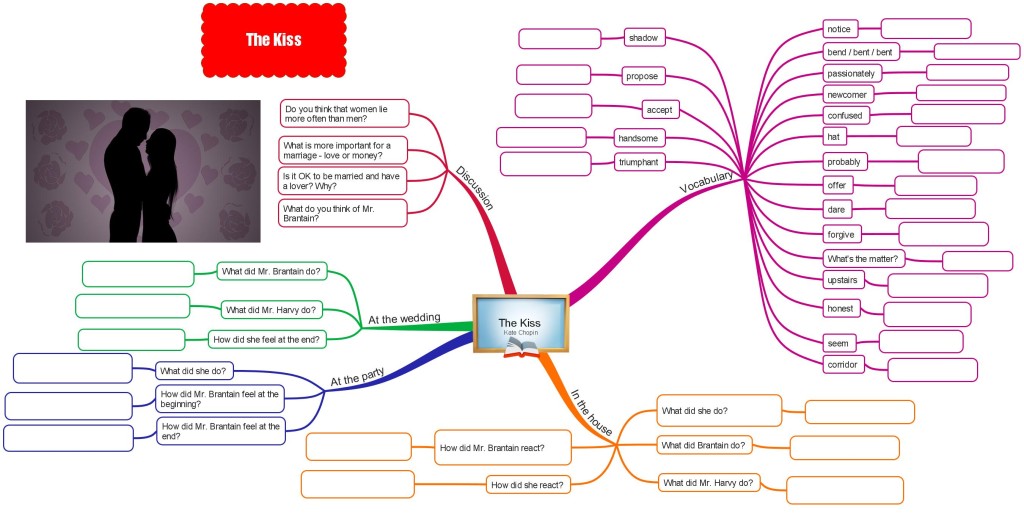
The Kiss Kate Chopin mind map.pdf
The Kiss – story
The Kiss – games
First, you can try two dictation activities. Listen and click on the sentences you hear.
The Kiss – Dictation 1
The Kiss – Dictation 2
Now you can play several comprehension games. First, you could try the Hoopshoot game. (This game is in Flash and might not play on your mobile device).
The Kiss – Basketball gameThe second game is called Penalty Shoot out. Answer the questions and score! (This game is in Flash and might not play on your mobile device).
The Kiss – Penalty gameThe third game is the most difficult one. It is called Fling the teacher and you have to answer all 15 questions correctly to win the game. (This game is in Flash and might not play on your mobile device).
The Kiss – Fling the teacher gameThe last activity is called Storyboard and your task is to reconstruct the original text. This one is really difficult!!! Are you up to the challenge???
The Kiss – StoryboardOther stories
Two dates chapter 1 Two dates chapter 2 Two dates chapter 3 Two dates chapter 4 There are several short articles and activities at www.englishlearningmagazine.com:
Amelia Earhart story Prague story There are two more stories with vocabulary at our sister site:
Flatmates vocabulary 1 Flatmates vocabulary 2
Category: English games, Intermediate, Listening, Vocabulary
“What does maths have to do with learning English?” you might ask. Many people believe that nothing. In fact many wrongly believe that you can be good either at maths or at English.
However, I think that mathematics and English have more in common than it might seem at the first sight. To be good at both of them you have to practise a lot. And to be able to solve the mathematical problem you have to understand it. And to understand the mathematics you need to understand the English first. Thus English and algebra have a lot in common.
ADVERT:
Mathematics problems – vocabulary
Vocabulary – quiz
Mathematics – problems
1. There is a big container full of lemonade. You can fill 114 bottles from this container. Each of these contains 0.7 litre. How many 0.3 litre bottles can you fill from the same container?
2. A restaurant bought 6.4 kilogrammes of pork, 3.5 kilogrammes of beef and 4.2 kilogrammes of ham. One kilo of pork costs 123 crowns, one kilo of beef costs 245 crowns, and one kilo of ham costs 156 crowns. How much did the restaurant pay?
3. Peter measured temperature during the day. He measured these temperatures: -2.0 degrees Celsius, 0.1 degrees Celsius, 3.4 degrees Celsius, 3.9 degrees Celsius, 0.5 degrees Celsius, -1.7 degrees Celsius and -3.5 degrees Celsius. What was the average temperature?
4. A pump delivers 50 litres per minute. How long will it take till a 10.2 cubic meter pool becomes full?
5. When James went to school he had $28.75 in his wallet. His friend gave him back $12.84. He then bought a burger for $3.86 and two books for $9.30. In the evening his father gave him $2.70 and he returned $5.00 to his mother. How much money did he have at the end of the day? Did he have more or less money and by how much?
Mathematics solution – mind map
ADVERT
[showmyads]
Mathematics – solution
Category: English games, Intermediate, Vocabulary
This is another post in my series of simple grammar explanations for elementary and beginner learners of English. In this post I try to explain the usage of the possessive ‘s and ‘. There is a mind map and several exercises to check the students’ understanding of the grammar.
Possessive case – mind map
ADVERT:
[showmyads]Possessive case – games
If you think you understand the grammar, it is time to check out your understanding in the following games.
The first game is in HTML5 and you can play it on any mobile device you like. Your task is to pass the quiz and if you get more than 70% of all your answers correct you will get a chance to play the game called Angry finches. Good luck.
Possessive case – Quiz (HTML5)The second game is in flash and it will play only on your desktop. Your task is to choose the correct option and then win the fencing duel against the computer. Good luck!
Possessive case – Embed
There have been several requests from people who wanted to share the games on their website. If you think that the html5 quiz is awesome and you would like to share it with the rest of the world on your site, you can do it by embedding the following code on your site:
<iframe src=”https://engames.eu/possessive case/Possessive case_sharable (Web)/index.html” width=”720″ height=”560″></iframe>
Vocabulary for learners of English
Grammar is really important if you want to learn a new language. However, vocabulary is the essence of a language. That is why we have come up with a new site to learn a lot of vocabulary. It is called envocabulary and you can find it at http://www.envocabulary.eu. Enjoy and learn.
Many students struggle with the basic question words even when they are at pre-intermediate level. That is why I have come up with the following post. There is a mind map explaining the meaning of the question words with examples. Then there are two quizzes to practise the question words in a real context.
Question words – mind map
[showmyads]
I think that students should translate the question words into their mother tongue too.
Question words – quizzes
In the first quiz you should complete and create the questions. If you do it well you will get a chance to play several games. The first game is called visual memory and you have to remember all the coloured squares. Can you get over the level 5? I have never managed to get that far. If you pass the second quiz you will play the game Rock, paper and scissors. It is pretty difficult to win against the computer, but it is possible. And if you pass the third quiz you can race on the tracks.
The second quiz is fully in HTML5. If you pass the first quiz, you can play the game Angry finches and if you pass the second quiz you can play the game Tower Defence.
Question words – Quiz (HTML5)Question words – share
<iframe src=”https://engames.eu/question_words/Questionwordsflash_share (Web)/index.html” width=”720″ height=”560″></iframe>
<iframe src=”https://engames.eu/question_words/Questionwords_share2 (Web)/index.html” width=”720″ height=”560″></iframe>
Learn Vocabulary – envocabulary.eu
Category: Elementary, English games, Grammar
Some posts take quite a long time to produce, but this one was an extreme case. Four people participated on it and I think we have produced a great material to teach vocabulary connected with sports.
ADVERT:
[showmyads]
In my opinion there is everything. There is a video to help students with the pronunciation of the words. There are two mind maps to help you organise the new vocabulary in a way that will be easy to remember. And at the end of the post there are several activities to help the students learn all the words.
Sports vocabulary – VIDEO
Sports vocabulary – MIND MAP
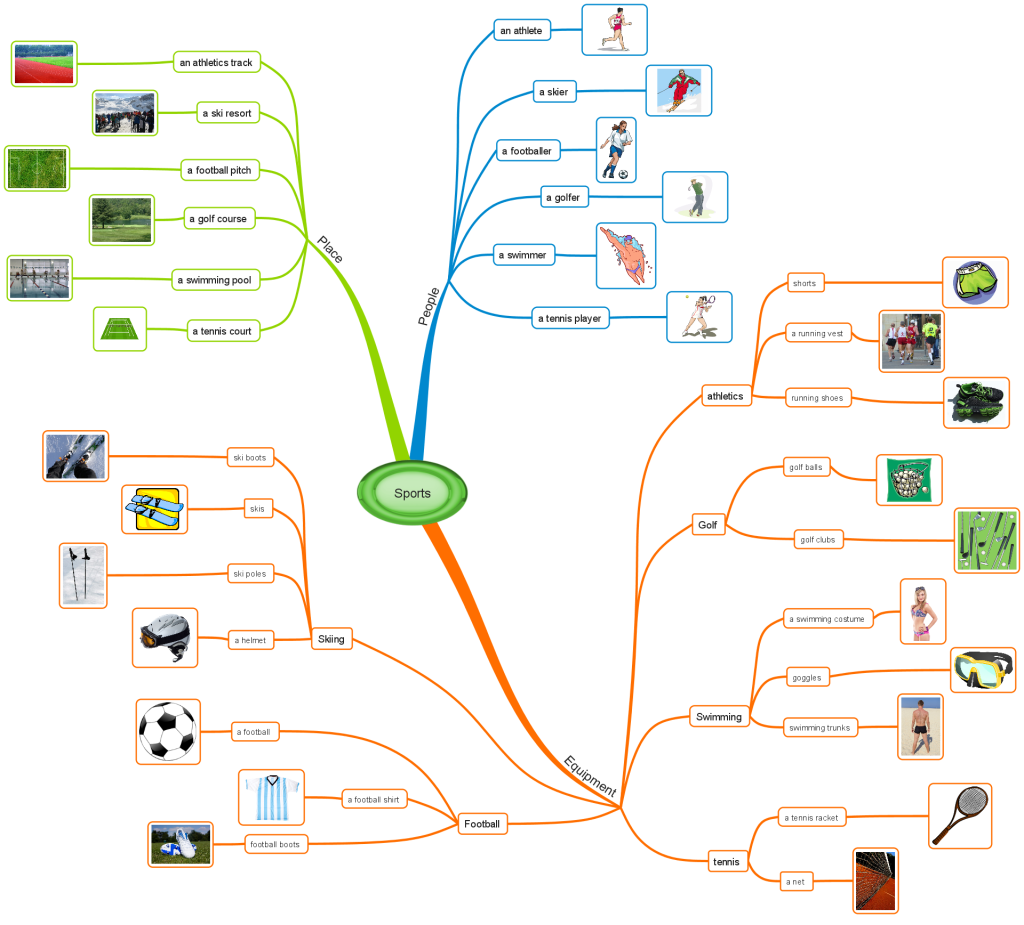
The second mind map can serve as a worksheet. Your task is to complete it with the right words.
ADVERT
[showmyads]
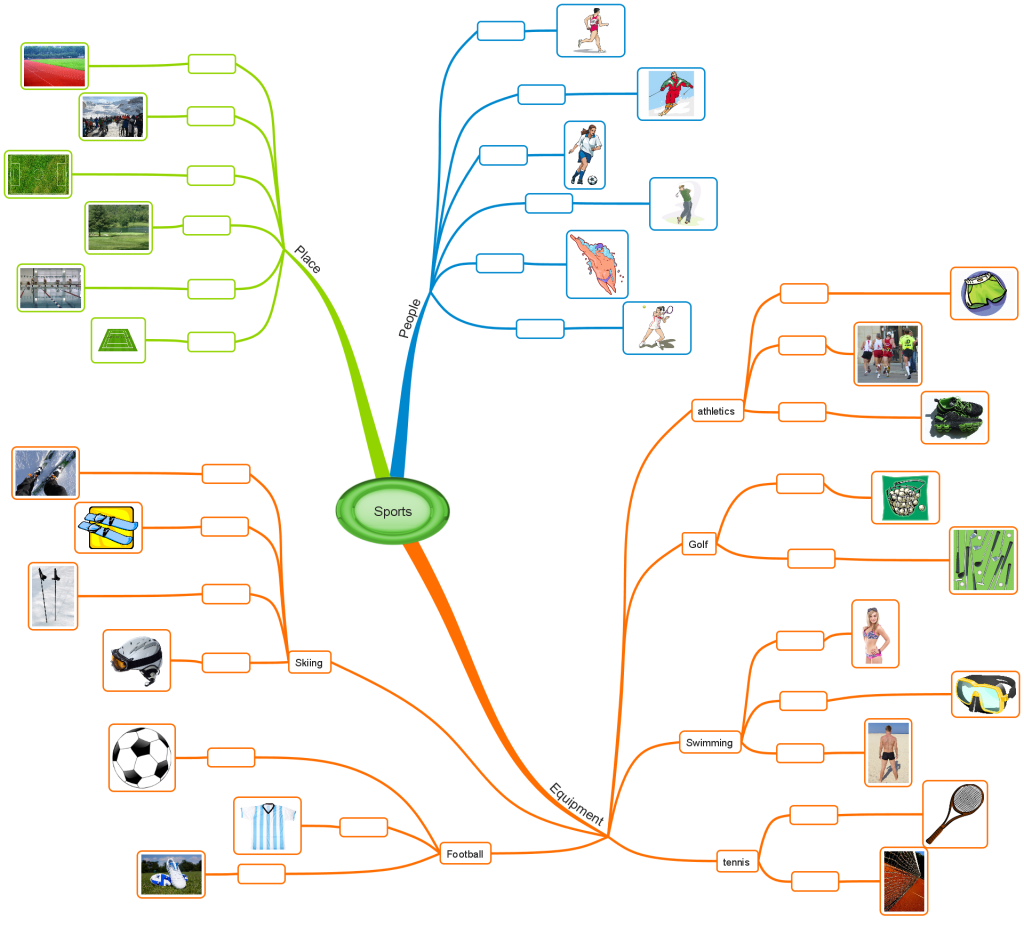
Sports vocabulary – Games and quizzes
The first quiz is a way to learn the words. Listen and repeat the words. Then complete the quiz and go on. There will appear another set of words and a quiz. And so on.
The second game is called Kim’s game. You will see a set of pictures and then three of them will vanish. Your task is to write the words for the given missing words. However, you have just one minute to remember. And then three more pictures will vanish. Are you able to recall all the words?
Kims game – sports vocabularyThe third quiz is a dictation. In the first phase you will listen to several sentences and you have to click on the words you hear in the sentences. In the second phase you have to listen to the sentences and write them. Good luck.
Sport – dictation and listeningCategory: English games, Intermediate, Listening, Vocabulary
A few days ago I wrote a post where I dealt with the mistakes my students made during their final exams. There were six common mistakes which I felt needed explanation and correction.
ADVERT:
[showmyads]
In this post I will deal with six more common mistakes that my students make. Some of them are really elementary but some are more difficult. There is a mind map depicting the mistakes, their correction and an explanation. At the end of the post there are two games to practise the grammar you have learnt.
Common mistakes – mind map
Common mistakes – games
Once you feel confident that you know the correct grammar, it is time to practise the grammar in the following quizzes.
In the first quiz there are several slides with different types of questions. Your task is to correct the mistakes and choose the correct options. If you answer more than 80% of the questions correctly you will get a chance to play the game Tower Defence. In this game you have to set your guards in such a way that they kill all the attackers before they get to your tower. I have passed 2 levels. Will you do better? Both the quiz and the game are in HTML5 so they should play on your mobile device.
Common mistakes – share
<iframe src=”https://engames.eu/common_mistakes/commmistakes2/embed/battle_fillintheblank_game.html” width=”800″ height=”640″ frameborder=”0″ allowfullscreen=”allowfullscreen”></iframe>
To share the game Hoopshoot on your site insert the following code:
<iframe src=”https://engames.eu/common_mistakes/commmistakes2/embed/battle_flashcards_game.html” width=”800″ height=”600″ frameborder=”0″ allowfullscreen=”allowfullscreen”></iframe>
Category: English games, Grammar, Intermediate

